Nagoya City Art Museum, Nagoya | Art Museum Guide

Source: Tomio344456, Nagoya City Art Museum, Wikipedia, https://en.wikipedia.org/wiki/File:Nagoya_City_Art_Museum,_Sakae_Naka_Ward_Nagoya_2022.jpg
The Nagoya City Art Museum, Nagoya stands as a cultural landmark, offering an enriching experience for art enthusiasts and casual visitors alike. Opened in 1988, this distinguished art museum serves as a hub for artistic appreciation, education, and cultural exchange. Its striking building, designed by celebrated architect Kisho Kurokawa, blends modernist elegance with functional design, creating an inviting atmosphere for exploring its treasures.
The museum’s collection spans a diverse range of art forms, with particular strengths in Japanese modern art, contemporary works, and an exceptional focus on Mexican Renaissance art. Visitors can admire masterpieces by iconic figures such as Diego Rivera, Frida Kahlo, and David Alfaro Siqueiros, alongside notable Japanese artists who have shaped the nation’s art scene.
Beyond its permanent holdings, the Nagoya City Art Museum, Nagoya regularly hosts dynamic special exhibitions, attracting global talent and showcasing a variety of styles and movements. Educational programs, guided tours, and workshops further enhance the visitor experience, making the museum a place of both learning and inspiration. Conveniently located in the heart of Nagoya, it is easily accessible by public transportation and is surrounded by other attractions, making it a must-visit destination for those seeking cultural depth in the city.
Architectural Significance
The Nagoya City Art Museum, Nagoya is not only celebrated for its art but also for its remarkable architectural design. Created by renowned Japanese architect Kisho Kurokawa, the building reflects his signature philosophy of harmonizing modernism with cultural context. Its clean geometric lines, minimalist façade, and thoughtful integration with the surrounding urban landscape make it a striking visual presence in the city.
The design emphasizes openness and flow, guiding visitors naturally through its galleries while maintaining a sense of intimacy for each exhibit. Natural light plays a significant role, with strategically placed windows and skylights enhancing the presentation of artworks while reducing the need for artificial lighting. The interplay of light and shadow within the galleries adds to the contemplative atmosphere, inviting deeper engagement with the art on display.
Materials were chosen for both durability and aesthetic appeal, with sleek stone, glass, and metal surfaces balancing modern elegance with functional longevity. The spacious atrium and clearly defined exhibition areas create an easy-to-navigate environment, ensuring visitors feel comfortable throughout their visit. This thoughtful approach to design has positioned the art museum, Nagoya City Art Museum, Nagoya as a landmark of contemporary architecture and a prime example of how a museum building can enhance the cultural experience.
Permanent Collection Highlights
The Nagoya City Art Museum, Nagoya houses a distinguished permanent collection that reflects a rich diversity of artistic styles and cultural influences. Central to its holdings is a notable emphasis on Japanese modern and contemporary art, with works from influential artists who have shaped the nation’s visual culture. These pieces provide valuable insight into Japan’s evolving artistic identity over the past century.
One of the museum’s most distinctive features is its celebrated collection of Mexican Renaissance art. This includes works by internationally renowned figures such as Diego Rivera, Frida Kahlo, and David Alfaro Siqueiros. These vibrant and politically charged artworks showcase the power of art as a tool for cultural storytelling and social commentary.
In addition, the museum holds pieces representing European and American modern art, ensuring a global perspective for visitors. Sculptures, paintings, prints, and mixed-media works are thoughtfully curated to create thematic and chronological narratives that enrich the visitor experience.
Rotating displays from the permanent collection keep the exhibitions fresh, allowing returning guests to encounter new combinations and contexts for familiar works. The variety and depth of the art museum, Nagoya City Art Museum, Nagoya collection make it a destination where visitors can explore both Japanese heritage and global artistic dialogues in a single setting.
Japanese Modern Art Collection
The Nagoya City Art Museum, Nagoya is highly regarded for its exceptional Japanese modern art collection, which offers a comprehensive view of the nation’s creative evolution throughout the 20th century. This collection highlights pivotal moments in Japan’s artistic history, from the early modernist experiments influenced by Western techniques to the postwar era’s bold innovations.
Visitors can encounter works by prominent Japanese painters, sculptors, and printmakers who explored new forms of expression while preserving elements of traditional aesthetics. The museum’s curation reveals the interplay between Japan’s cultural heritage and the rapid modernization that reshaped its society. Many of these pieces capture themes of identity, urban life, and the shifting landscapes of the modern age.
Particularly notable are the works from artists associated with the Nagoya region, which reflect the area’s unique artistic contributions. Paintings characterized by refined brushwork, expressive color palettes, and experimental techniques are displayed alongside sculptures and installations that challenge conventional interpretations.
Through this collection, the art museum, Nagoya City Art Museum, Nagoya serves as an important resource for understanding how Japanese artists navigated tradition and modernity. By showcasing these significant works, the museum preserves and promotes the country’s rich artistic heritage while offering visitors a deeper appreciation for Japan’s role in shaping modern art.
Focus On Mexican Renaissance Art
A defining feature of the Nagoya City Art Museum, Nagoya is its remarkable focus on Mexican Renaissance art, an area rarely explored so extensively in Japan. The museum holds a significant collection of works from this vibrant artistic movement, which emerged in the early 20th century and was deeply intertwined with Mexico’s cultural and political transformation.
Central to the collection are masterpieces by celebrated artists Diego Rivera, Frida Kahlo, and David Alfaro Siqueiros. Rivera’s monumental murals, Kahlo’s deeply personal and symbolic portraits, and Siqueiros’ dynamic, socially charged compositions together convey a vivid narrative of Mexican identity and resilience. These works provide Japanese audiences with a rare opportunity to engage with art that blends national history, folk traditions, and modernist influences.
The museum’s dedication to this genre stems from an understanding of art as a bridge between cultures. Exhibiting Mexican Renaissance works in Nagoya allows visitors to draw parallels between Japan’s own modern art journey and Mexico’s cultural renaissance, both marked by a balance of tradition and innovation.
Through thoughtful presentation and interpretation, the art museum, Nagoya City Art Museum, Nagoya not only preserves these influential works but also fosters cross-cultural appreciation. This distinctive focus makes the museum an important destination for those interested in global art movements and their historical contexts.
Special Exhibitions
The Nagoya City Art Museum, Nagoya is widely recognized for its engaging and diverse special exhibitions, which bring fresh perspectives to the art world throughout the year. These exhibitions often feature works on loan from prestigious international museums, private collections, and renowned contemporary artists. By presenting a variety of artistic styles, periods, and mediums, the museum ensures that each visit offers something new for its audience.
Themes for special exhibitions can range from retrospectives of influential figures to explorations of specific art movements, cultural traditions, or experimental practices. Visitors might encounter anything from rare Impressionist paintings to cutting-edge digital installations, reflecting the museum’s commitment to broadening artistic horizons.
In addition to visual art, some special exhibitions incorporate multimedia elements such as photography, video art, and interactive displays, allowing visitors to experience art in dynamic and immersive ways. Curators thoughtfully design these exhibitions to provide context and narrative, enhancing the understanding and appreciation of the featured works.
By regularly updating its offerings, the art museum, Nagoya City Art Museum, Nagoya fosters a sense of anticipation among its visitors. Each special exhibition becomes an opportunity to discover new perspectives, celebrate creativity, and connect with art from around the globe.
Educational Programs
The Nagoya City Art Museum, Nagoya is dedicated to making art accessible and meaningful through a wide range of educational programs. These initiatives are designed to engage audiences of all ages, from young students to lifelong learners, and to deepen the public’s understanding of art and culture.
The museum offers guided tours led by knowledgeable staff, providing valuable insights into both the permanent collection and temporary exhibitions. Specialized tours for school groups and community organizations encourage active participation and discussion, fostering an early appreciation for the arts.
Workshops are another key component, inviting participants to explore various artistic techniques such as painting, printmaking, and sculpture under the guidance of experienced artists. These hands-on experiences allow visitors to connect with the creative process and gain a personal sense of artistic expression.
Lectures and panel discussions feature scholars, curators, and guest artists who share their expertise on art history, contemporary practices, and cultural trends. The museum also hosts family-oriented programs that blend learning with interactive activities, ensuring an enjoyable experience for all generations.
Through these offerings, the art museum, Nagoya City Art Museum, Nagoya not only showcases outstanding art but also cultivates a vibrant community of engaged and informed art lovers. Its educational programs serve as a bridge between the artworks on display and the people who come to experience them.
Art Library And Research Facilities
The Nagoya City Art Museum, Nagoya offers a well-equipped art library and research facilities that serve as valuable resources for scholars, students, and art enthusiasts. This dedicated space houses an extensive collection of books, exhibition catalogs, periodicals, and academic journals covering a wide range of artistic topics, from classical art history to contemporary movements.
The library’s holdings reflect the museum’s own collection strengths, with significant materials on Japanese modern art, Mexican Renaissance works, and international contemporary art. Visitors can explore rare publications, artist monographs, and critical essays that provide deeper insight into the artworks displayed in the museum galleries.
In addition to its printed resources, the library offers access to digital archives and databases, making it easier for researchers to gather comprehensive information for their studies. Staff members are available to assist with locating materials, guiding users through specialized references, and supporting academic inquiries.
The research facilities are designed for quiet study, with comfortable seating and well-lit spaces conducive to focused work. Whether for professional research or personal enrichment, the art museum, Nagoya City Art Museum, Nagoya ensures that its library supports intellectual engagement with the arts. This commitment to providing both visual and academic experiences makes the museum an essential destination for those seeking deeper cultural understanding.
Accessibility Features
The Nagoya City Art Museum, Nagoya is committed to creating an inclusive environment where all visitors can enjoy its collections and facilities comfortably. Thoughtfully designed accessibility features ensure that people of all abilities can navigate the museum with ease.
The building is equipped with barrier-free entrances, ramps, and elevators, allowing wheelchair users and individuals with mobility challenges to access every floor. Wide corridors and spacious galleries provide ample room for movement, while strategically placed seating areas offer convenient rest spots.
Signage throughout the museum is clear and well-positioned, with important information available in multiple languages to assist international guests. For visitors with visual impairments, selected exhibits may include tactile elements or audio descriptions that enhance the sensory experience.
Hearing-impaired visitors can benefit from assistive listening devices available for guided tours and lectures. Museum staff receive training in accessibility awareness, ensuring they can provide assistance in a respectful and supportive manner.
Restrooms are designed for accessibility, and designated parking spaces are located close to the entrance for ease of arrival. By integrating these features, the art museum, Nagoya City Art Museum, Nagoya ensures that its mission of cultural enrichment is open to everyone, regardless of physical or sensory limitations. This thoughtful approach reflects the museum’s dedication to hospitality and inclusivity.
Photography Policy
The Nagoya City Art Museum, Nagoya maintains a photography policy designed to protect artworks while allowing visitors to enjoy capturing memories of their visit. In general, photography is permitted in certain areas of the museum, particularly in public spaces such as the lobby and designated gallery sections. However, flash photography, tripods, and selfie sticks are strictly prohibited, as these can cause damage to delicate artworks or disrupt the experience for other guests.
For temporary and special exhibitions, specific restrictions may apply depending on loan agreements with other institutions or the sensitivity of the displayed works. In many cases, signage will clearly indicate whether photography is allowed within a particular gallery or for specific pieces. Museum staff are always available to clarify guidelines and ensure visitors understand the permitted practices.
Commercial photography, filming, or media projects require prior approval from the museum’s administration. This ensures that all images captured respect copyright laws and the preservation requirements of the artworks.
By adhering to these rules, visitors help maintain the integrity of the museum’s collection while still enjoying the opportunity to document their cultural experience. The art museum, Nagoya City Art Museum, Nagoya encourages guests to share their approved images to promote appreciation for art in a responsible and respectful manner.
Nearby Attractions
The Nagoya City Art Museum, Nagoya is ideally located in a vibrant area that offers numerous attractions for visitors to explore before or after their museum visit. Situated in Shirakawa Park, the museum is surrounded by green spaces perfect for a relaxing stroll. The park itself hosts other cultural venues, including the Nagoya City Science Museum, famous for its massive planetarium.
Just a short walk away is Osu Shopping District, a lively area filled with traditional shops, street food stalls, and unique boutiques, offering a taste of local culture. Nearby, the Nagoya TV Tower provides panoramic city views, making it an excellent stop for photography enthusiasts.
For history lovers, Nagoya Castle is a brief transit ride away, showcasing impressive architecture, historical exhibitions, and beautiful gardens. Visitors interested in modern city life can explore Sakae, Nagoya’s bustling commercial and entertainment district, which offers dining, shopping, and nightlife options.
The strategic location of the art museum, Nagoya City Art Museum, Nagoya makes it easy to integrate a museum visit into a full day of sightseeing. Whether guests are seeking cultural enrichment, historical exploration, or urban excitement, the surrounding area ensures a memorable experience in the heart of Nagoya.
Conclusion
The Nagoya City Art Museum, Nagoya stands as a premier destination for art lovers, offering an impressive blend of architecture, diverse collections, and engaging programs. From its renowned Japanese modern art and Mexican Renaissance works to its dynamic special exhibitions, the museum provides a rich cultural experience for visitors of all ages. Educational initiatives, accessible facilities, and well-curated resources ensure that every guest can connect meaningfully with art. Conveniently located and surrounded by notable attractions, the art museum, Nagoya City Art Museum, Nagoya invites both locals and travelers to immerse themselves in creativity, history, and the vibrant cultural spirit of Nagoya.
Let Us Know What You Think!
Every information you read here are written and curated by Kreafolk's team, carefully pieced together with our creative community in mind. Did you enjoy our contents? Leave a comment below and share your thoughts. Cheers to more creative articles and inspirations!


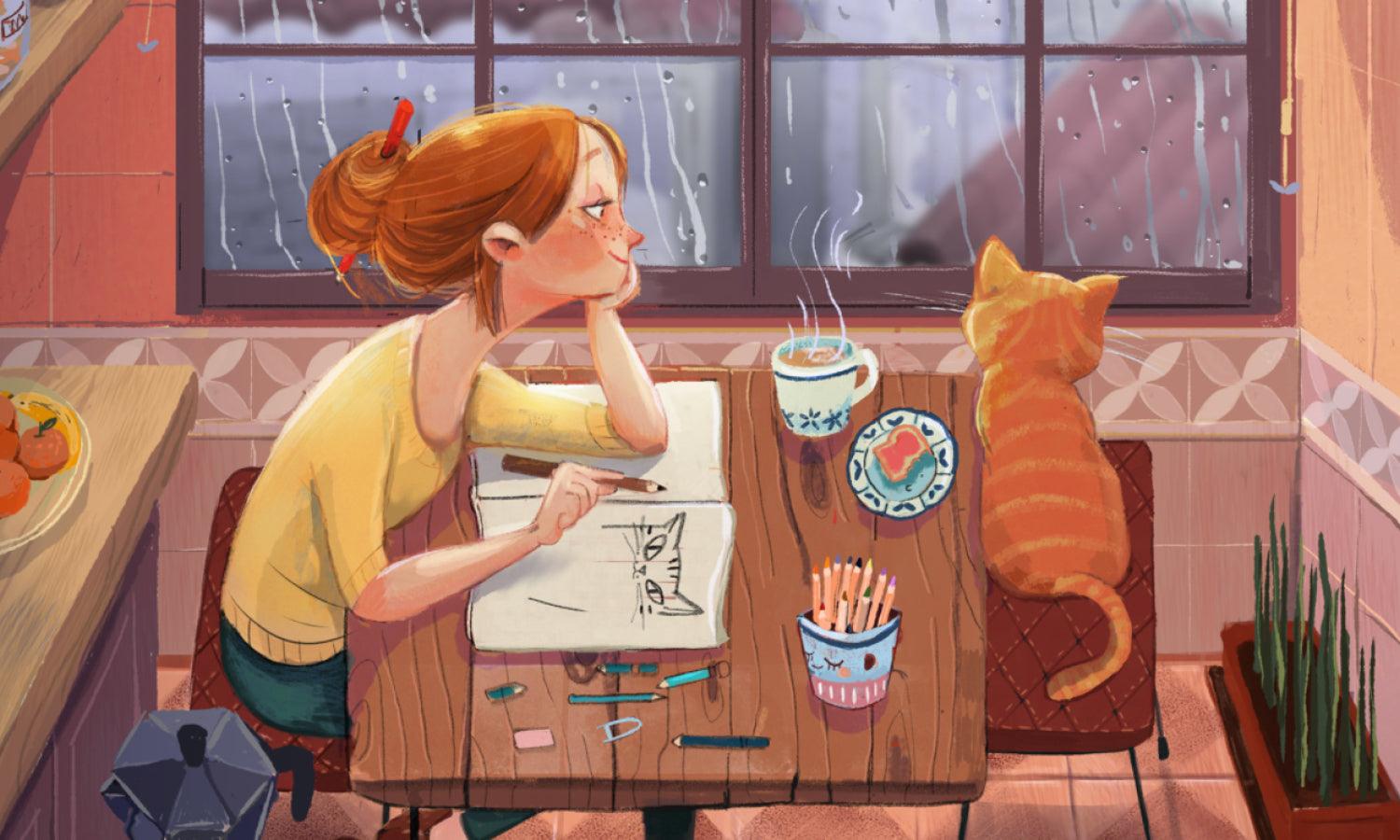
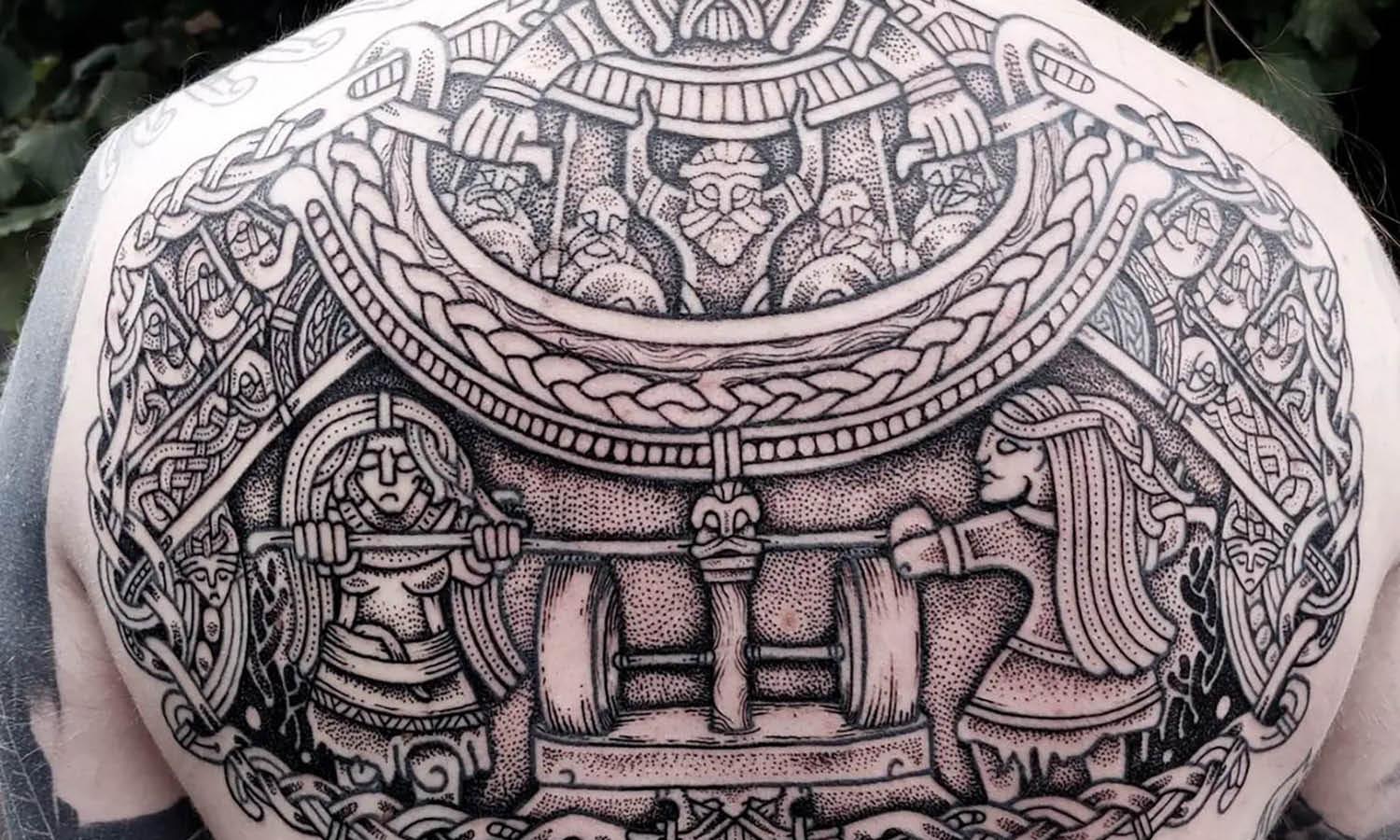
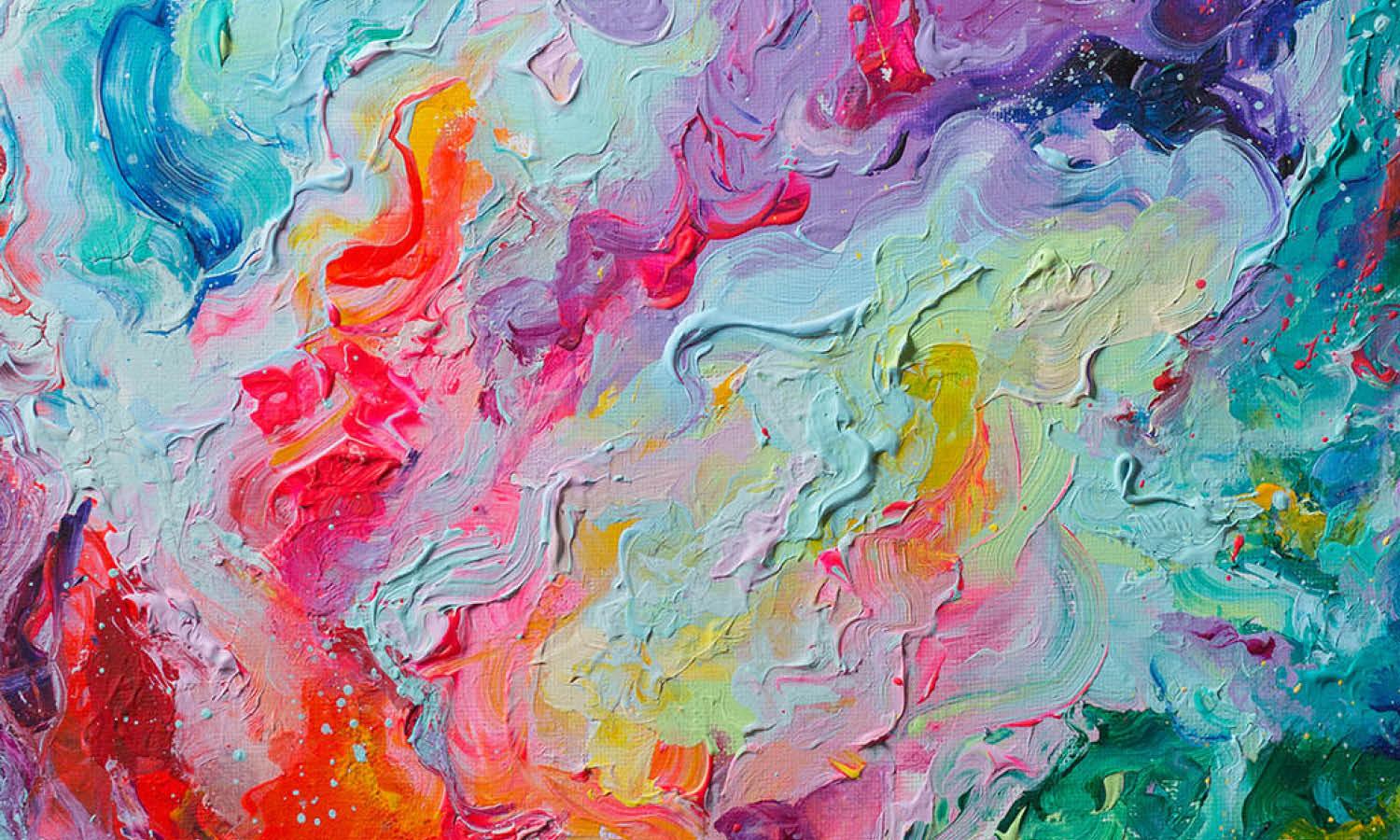
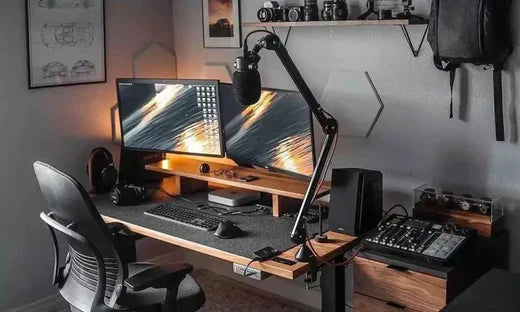


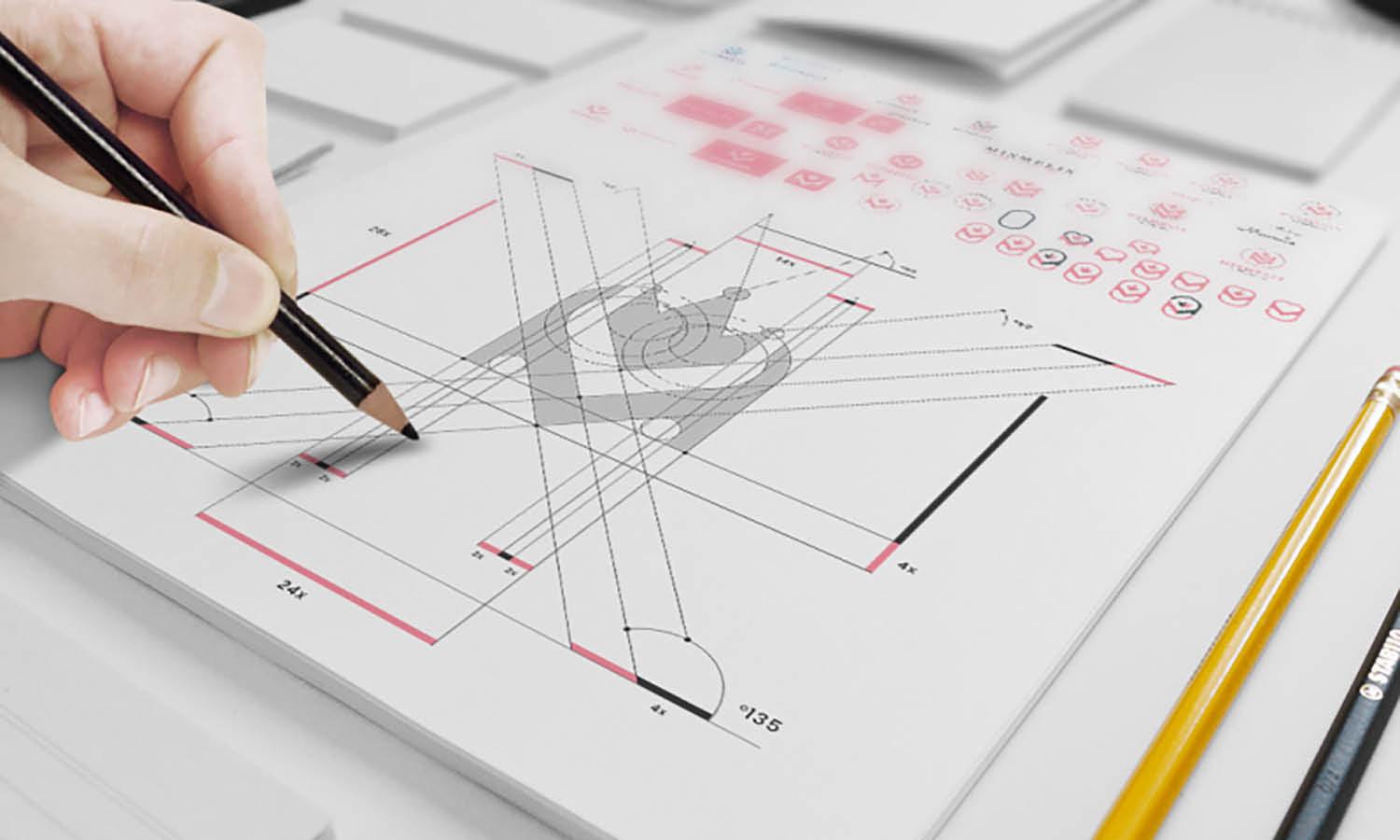







Leave a Comment